<< Previous | Displaying results 1351-1400 of 6769 for "" | Next >>
Zigmond Adler was three years old when Germany occupied Belgium in May 1940. Zigmond, whose mother was deceased, went to live with his aunt and uncle after the Germans deported his father. With the help of Catholic friends, Zigmond and his relativ...
Sophie Weisz was 13 years old when Hungary annexed the region where she lived in Romania in 1940. By mid-1941, Hungary had joined the German forces. Sophie and her Jewish family were forced into the Oradea ghetto in May 1944, and from there deport...
Szlamach Radoszynski was 27 years old when Germany invaded Poland in September 1939. The following year, Szlamach and the rest of the Jews of Warsaw were forced into a ghetto. After the ghetto uprising in 1943, Szlamach was deported to Auschwitz a...
Moses Rechnitz was born to Jewish parents in the Polish town of Bedzin on June 3, 1923. Moses was 16 years old when German troops invaded Poland in September 1939. By 1941, he was a slave laborer on a German railroad construction project outside o...
Born to a Jewish family in Preveza, Moise Gani was endangered by the German occupation of Greece. In March 1944, the Nazis deported the Jews of Preveza to Auschwitz. Albert was killed several months later, at the ag...
Meyer (Max) Rodriguez Garcia was born to a Jewish family in Amsterdam. Max was nearly 16 years old when Germany invaded the Netherlands in May 1940. He went into hiding in early 1943, but was caught by June and deported to Auschwitz in German-occu...
Ruth Freund Reiser was born to Jewish parents in Prague, Czechoslovakia. She was 13 years old when Germany occupied Prague in March 1939. Five years later, Ruth was deported from the Theresienstadt ghetto to Auschwitz. She was later deported to th...
Siegfried Wohlfarth was raised in a Jewish family in Frankfurt, Germany. Siegfried and his wife moved to Amsterdam after the Nazi rise to power in 1933, but Germany occupied the Netherlands seven years later. Siegfried was deported to Auschwitz in...
Born to a Jewish family in Preveza, Rena Gani was endangered by the German occupation of Greece. In March 1944, the Nazis deported the Jews of Preveza to Auschwitz. Rena was later sent to the Ravensbrück camp and was liberated during a death march...
Born to a Jewish family in Preveza, Albert Gani was endangered by the German occupation of Greece. In March 1944, the Nazis deported the Jews of Preveza to Auschwitz. Albert was killed several months later, at the age...
Remy Dumoncel was born to Catholic parents in Paris, France. In 1935, he became the mayor of Avon, a town southeast of Paris. Germany occupied Avon after defeating France in June 1940. Remy resolved to remain mayor. He became active in a resistanc...
The Oneg Shabbat underground archive was the secret archive of the Warsaw ghetto.
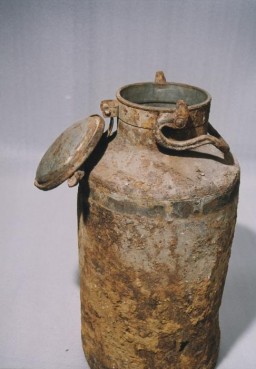
A key part of Nazi racist ideology was to define the enemy and identify those who posed a threat to the so-called “Aryan” race. Learn about some of the symbols, terms, and means the Nazis used to communicate their message.

Eugenics, or “racial hygiene” in the German context, was a scientific movement of the late nineteenth and early twentieth centuries. Eugenic theories provided the basis for the Nazi compulsory sterilization program and...
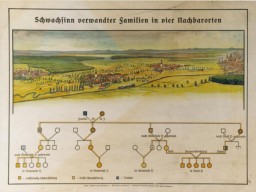
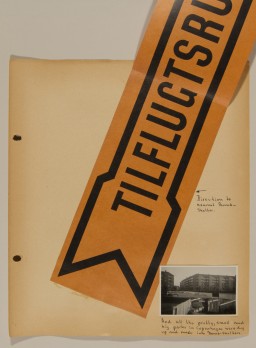
North African Jews did not constitute a single community before or during World War II but, rather, were a diverse population of roughly 500,000, divided between the present-day countries of the Maghreb (Morocco, Algeria, Tunisia, and Libya...
In Algeria, Morocco, Tunisia, and French West Africa, French collaborationist Vichy authorities established a network of different types of camps: penal camps, labor camps, and internment camps. These camps included Jewish and non-Jewish European...
Photographer and renowned photojournalist Yevgeny Khaldei covered the events of World War II from Moscow to Berlin. Explore some of his images.
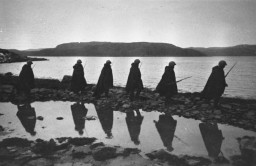
The German occupation of Poland was exceptionally brutal. After defeating the Polish army in September 1939, German authorities ruthlessly suppressed the Poles. German policy sought to destroy the Polish nation and culture and exploit the Poles fo...

The word genocide did not exist prior to 1944. The term was coined by Polish-Jewish lawyer Raphel Lemkin, who sought to describe Nazi policies of systematic mass murder during the Holocaust, including the destruction of European Jews.
German troops invaded Poland in September 1939. The city of Warsaw suffered heavy air attacks and artillery shelling, causing massive destruction.
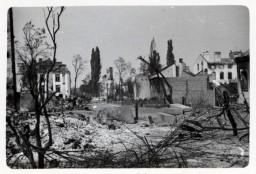
German authorities established a ghetto in Minsk in July 1941, shortly after German forces occupied the city. About 80,000 Jews were initially crowded into the ghetto, with 24,000 more people deported there later that year. In August 1941, the Germans began mass killing operations against the residents of the ghetto.

Survivors' oral histories have the power to inspire and connect you to the power and perspective of Holocaust history. These four excerpts describe seemingly small acts and small items that provided comfort and in some cases helped people survive....
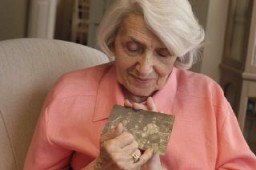
View rare photographs of the Sobibor killing center, including never-before-seen images of the site, barracks buildings, workshops, and SS and Ukrainian guards.
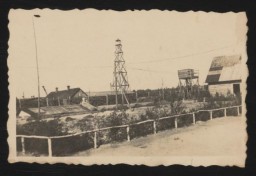
Diaries reveal some of the most intimate, heart-wrenching accounts of the Holocaust. They record in real time the feelings of loss, fear, and, sometimes, hope of those facing extraordinary peril. Hans Vogel kept a diary journaling his family's fli...
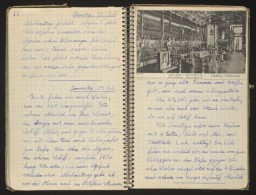
The documentation of treasured recipes evokes memories of happier times and bears witness to the will to create under the most dire of circumstances. In some cases, this type of documentation was even a way to preserve a past that the Nazis and th...

Klári Fenyves created a family cookbook, written in Hungarian. After the family was forced to leave their apartment before deportation, the family’s cook, Maris, saved this treasured cookbook and some of Klári Fenyves’ artwork. She returned the artw...
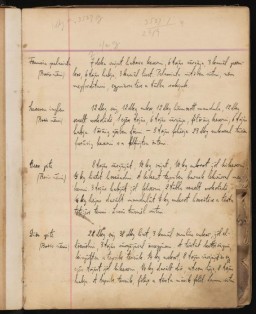
Cookbooks were created and recipes recorded under the most dire of circumstances--in hiding or secretly in camps and ghettos by people who were starving or suffering from malnutrition. This page comes from a cookbook Eva Oswalt created while impri...
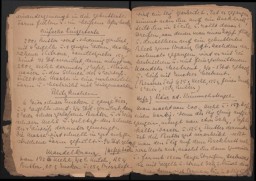
Explore Selma Engel's testimony and diary pages about her experiences during the Holocaust.
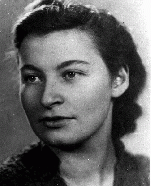
Diaries reveal some of the most intimate, heart-wrenching accounts of the Holocaust. They record in real time the feelings of loss, fear, and, sometimes, hope of those facing extraordinary peril. Stanislava Roztropowicz kept a diary from 1943-1944...
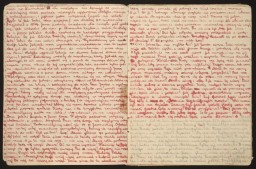
Diaries reveal some of the most intimate, heart-wrenching accounts of the Holocaust. They record in real time the feelings of loss, fear, and, sometimes, hope of those facing extraordinary peril. Written on postcard...
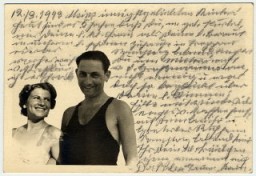
After the war, Alice Goldberger cared for 24 refugee children at Lingfield House on the Weir Courtney Estate in England. She attempted to create a typical childhood for this group of young survivors of the Holocaust. Artwork created by the children...
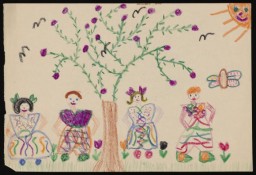
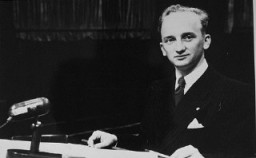
Official identification tag (warrant badge) used by the State Criminal Police (Kriminalpolizei or Kripo), after Heinrich Himmler centralized the police forces in the 1930s. These badges were generally suspended from a chain and included the individual officer's number on the reverse.
German Order Policemen perpetrated many aspects of the Holocaust. During World War II, they were deployed to areas of Europe occupied by Nazi Germany. In Poland, the Order Police engaged in the Nazi regime's persecution of Jews and Poles.
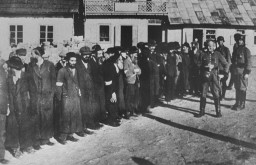
View artifacts and photographs and listen to testimony excerpts about the Hitler Youth.

Photographs and film footage illustrating the liberation of Mauthausen and two of its subcamps, Gusen and Ebensee.
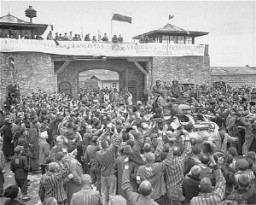
Photographs and testimony describing forced labor in the Mauthausen camp system.
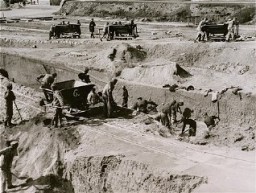
Explore images and film by US filmmaker and photographer Julien Bryan, including documentation of Warsaw following the German invasion of Poland.
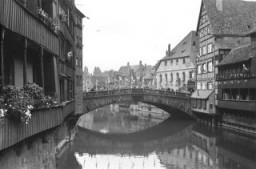
The German army occupied Vilna (Vilnius), Lithuania, on June 24, 1941. The following month, German Einsatzgruppen and their Lithuanian auxiliaries murdered thousands of Jewish residents of Vilna at a killing site in the Ponary (Paneriai) Forest, southwest of Vilna. By the end of 1941, Einsatzgruppen had killed about 40,000 Jews in Ponary. By July 1944, perhaps as many as 75,000 people had been killed at the site, the vast majority of them Jews. These photographs and narratives shed light on the Vilna…
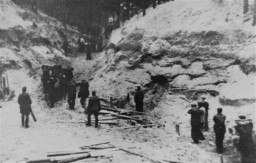
Abraham Malnik, Steven Springfield, and Rochelle Slivka describe killing sites at Fort IX, Rumbula, and Ponary.
The Holocaust (1933–1945) was the systematic, state-sponsored persecution and murder of six million European Jews by the Nazi German regime and its allies and collaborators. The Holocaust era began in January 1933 when Adolf Hitler and the Nazi Party came to power in Germany. It ended in May 1945, when the Allied Powers defeated Nazi Germany in World War II. The Holocaust was a German initiative that took place throughout German- and Axis-controlled Europe. It affected nearly all of Europe’s Jewish…
Series of maps showing Austria in 1933, Vienna, the Anschluss, and Austria in 1945.
The Council for Aid to Jews (codenamed “Żegota”) was an underground rescue organization of Poles and Jews. It operated in German-occupied Poland from December 4, 1942, to January 1945 and was supported by the Polish government-in-exile. Żegota’s main objective was to coordinate efforts to save Jews from Nazi persecution and murder. Its members worked clandestinely, often risking their own lives and the lives of their families and friends. Żegota supplied tens of thousands of Polish Jews with fake…
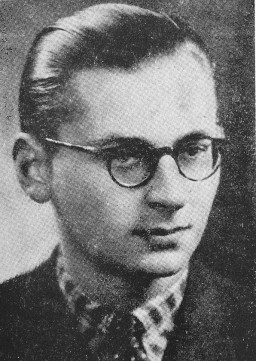
Between World War I and World War II, the multiethnic city of Lwów was in eastern Poland and home to one of the country’s largest Jewish communities. Jews made up about one-third of Lwów’s population, numbering around 100,000 people on the eve of World War II. The diversity of Lwów’s Jews was reflected in many aspects of their everyday lives. Most Jews in Lwów were multilingual and communicated in different languages, depending on the context. For example, many people spoke Yiddish at home,…
We would like to thank Crown Family Philanthropies, Abe and Ida Cooper Foundation, the Claims Conference, EVZ, and BMF for supporting the ongoing work to create content and resources for the Holocaust Encyclopedia. View the list of donor acknowledgement.